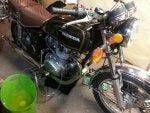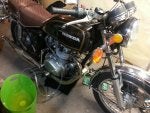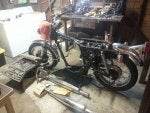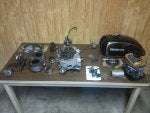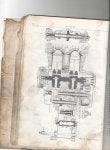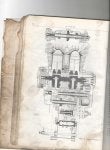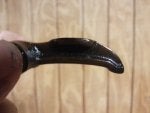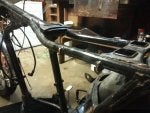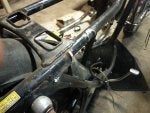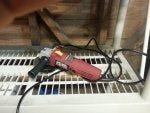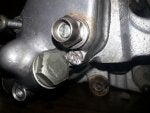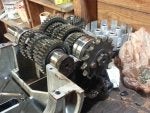A few of y'all have welcomed me to the forum already, I really appreciate it! I'm looking forward to having everyone along for the journey as I customize my Honda CB500T.
Background
I'm an Aerospace Engineering student at the University of Florida, USA. Haven't had much riding experience but have always wanted to get into it. I also always wanted to work on a vintage bike. I just love the practicality of the old twins. I don't have too much wrenching experience, but I'm very mechanically inclined. My project is a '76 Honda CB500T with about 17,000 miles on it. When I purchased the Honda it was a fully rideable garage kept motorcycle. In my mind I keep calling it my "clean slate".
Plans
Engine
1. Complete tear down. Assess condition of engine and rebuild. Check tolerances, timings, gaskets, etc.
2. Rebuild starter clutch. Curse these dumb things. Getting the clutch apart will be difficult.
3. Weld up a custom 2-into-1 exhaust. Beige exhaust wrap.
4. Remove airbox. Add pods.
Electrical
No specific plans yet other than a general modernization of the electrical systems. Dyna-S ignition, maybe new coils, maybe update battery, new wiring, reduce cluster to speedo and tach, add toggles for lights and ignition. Those are just a few thoughts right now. Definitely going to add the Dyna ignition and redo the wiring harness.
Frame/Aesthetics
1. Remove head steady. "The Fang" suggests that this reduces felt vibration and transforms the bike.
2. New grips and add end mirrors.
3. Fork gaiters.
4. Add leather sidecover bags.
5. Custom seat. Thinking I might make my own. I like the color of the original seat, but man, that "modern" shape ruins those classic lines.
6. Strip and paint tank. Thinking forest green with beige trim. I also might paint the engine barrels black to break up the engine some.
Man, that didn't seem like it was that much in my mind, but it definitely added up quickly! I'm looking forward to working on it with y'all (I'll be needing all your advice)
And of course, pics attached.
Background
I'm an Aerospace Engineering student at the University of Florida, USA. Haven't had much riding experience but have always wanted to get into it. I also always wanted to work on a vintage bike. I just love the practicality of the old twins. I don't have too much wrenching experience, but I'm very mechanically inclined. My project is a '76 Honda CB500T with about 17,000 miles on it. When I purchased the Honda it was a fully rideable garage kept motorcycle. In my mind I keep calling it my "clean slate".
Plans
Engine
1. Complete tear down. Assess condition of engine and rebuild. Check tolerances, timings, gaskets, etc.
2. Rebuild starter clutch. Curse these dumb things. Getting the clutch apart will be difficult.
3. Weld up a custom 2-into-1 exhaust. Beige exhaust wrap.
4. Remove airbox. Add pods.
Electrical
No specific plans yet other than a general modernization of the electrical systems. Dyna-S ignition, maybe new coils, maybe update battery, new wiring, reduce cluster to speedo and tach, add toggles for lights and ignition. Those are just a few thoughts right now. Definitely going to add the Dyna ignition and redo the wiring harness.
Frame/Aesthetics
1. Remove head steady. "The Fang" suggests that this reduces felt vibration and transforms the bike.
2. New grips and add end mirrors.
3. Fork gaiters.
4. Add leather sidecover bags.
5. Custom seat. Thinking I might make my own. I like the color of the original seat, but man, that "modern" shape ruins those classic lines.
6. Strip and paint tank. Thinking forest green with beige trim. I also might paint the engine barrels black to break up the engine some.
Man, that didn't seem like it was that much in my mind, but it definitely added up quickly! I'm looking forward to working on it with y'all (I'll be needing all your advice)
And of course, pics attached.


